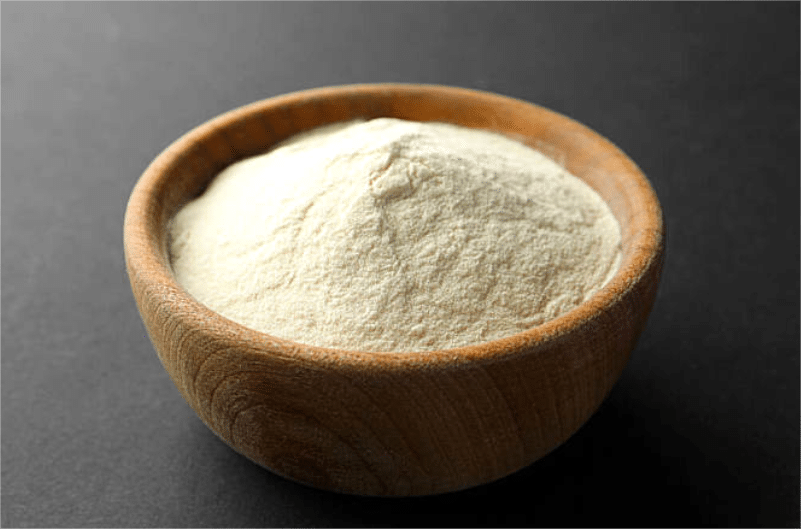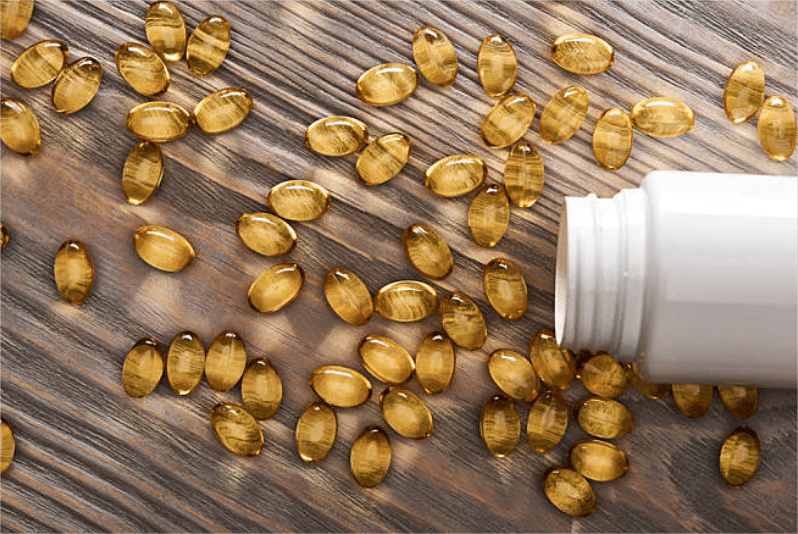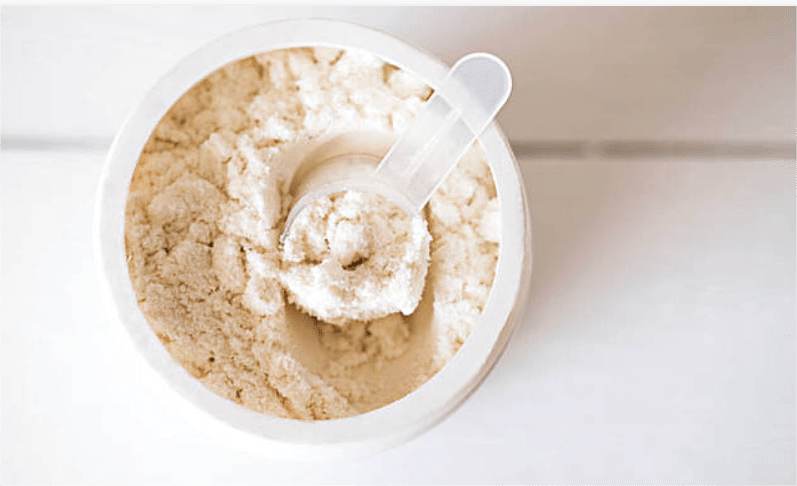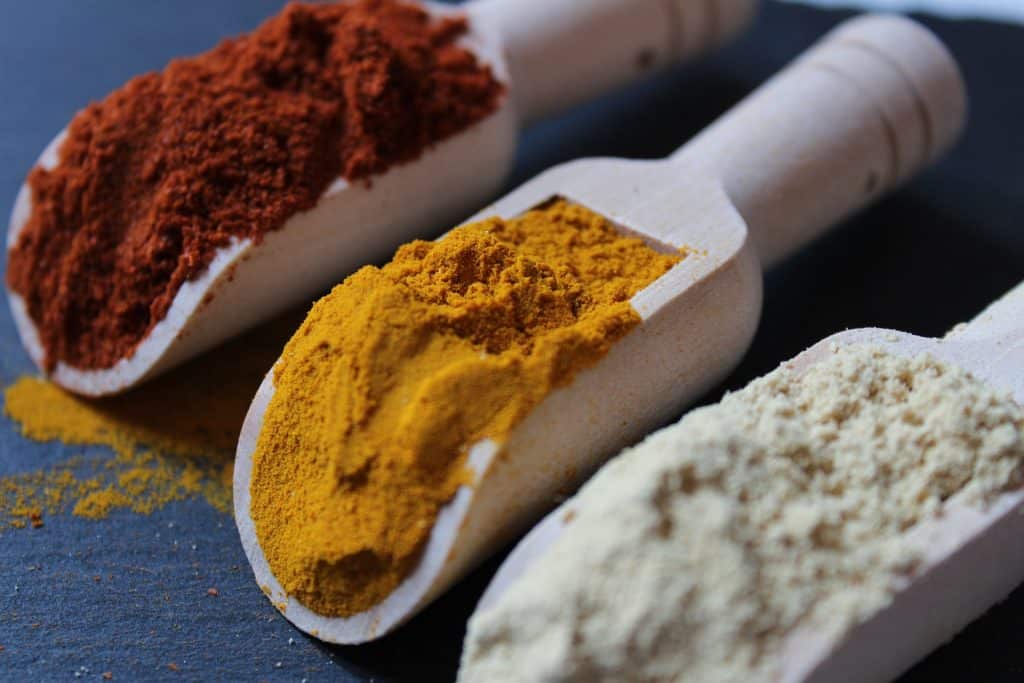When it comes to supporting joint health and overall well-being, gelatin and glucosamine are two popular supplements that often come up. Although both are used to manage joint-related issues and contribute to joint health, they differ significantly in their composition, benefits, and uses. In this article, we’ll explore these differences and provide a thorough comparison of gelatin and glucosamine.
- What is Gelatin?
Gelatin is a protein derived from collagen, a key structural protein found in connective tissues such as skin, bones, and cartilage. It is obtained through the partial hydroly-sis of collagen, which involves breaking down the collagen into smaller, more digestible pieces.
- Sources and Production
Gelatin is typically sourced from animal bones, skin, and connective tissues. The production process involves boiling these materials to extract collagen, which is then hydrolyzed and processed into a powder or sheet form. This process renders gelatin a rich source of amino acids, particularly glycine and proline, which are important for maintaining healthy skin, hair, and joints.
- Health Benefits
- Joint Health: Gelatin contains amino acids that are crucial for collagen synthesis, which may help support joint health. By providing the building blocks for collagen production, gelatin can contribute to maintaining the structural integrity of cartilage and connective tissues.
- Skin Health: The amino acids in gelatin are also beneficial for skin elasticity and hydration. Regular consumption of gelatin may help improve skin texture and reduce the appearance of wrinkles.
- Digestive Health: Gelatin can support gut health by promoting the integrity of the gut lining and enhancing digestion. The amino acid glycine in gelatin has been shown to support the function of the digestive system.
- Bone Health: Since gelatin is derived from collagen, it may also support bone health by contributing to the maintenance of bone density and strength.
- Usage
Gelatin is commonly used in various culinary applications, including as a thickening agent in soups, sauces, and desserts. It is also available in supplement form, such as gelatin capsules or powder, which can be added to smoothies or other beverages.
- What is Glucosamine?
Glucosamine is a naturally occurring compound found in the cartilage of joints. It is an amino sugar and plays a crucial role in the formation and repair of cartilage. Glucosamine supplements are typically derived from shellfish shells or produced synthetically.
- Sources and Production
Glucosamine supplements are often made from chitin, a substance found in the shells of shellfish, or through synthetic processes. The most common forms of glucosamine supplements are glucosamine sulfate and glucosamine hydrochloride.
- Health Benefits
- Joint Health: Glucosamine is widely known for its potential benefits in managing osteoarthritis and joint pain. It helps to maintain the integrity of cartilage and may promote cartilage repair and regeneration.
- Inflammation Reduction: Some studies suggest that glucosamine may have anti-inflammatory properties, which can help reduce pain and swelling associated with joint conditions.
- Joint Lubrication: Glucosamine is involved in the production of glycosaminoglycans, which are essential for the lubrication of joints. This can help improve joint mobility and reduce stiffness.
- Bone Health: Although not as directly related to bone health as gelatin, glucosamine can indirectly support bone health by maintaining joint function and reducing the risk of joint-related injuries.
- Usage
Glucosamine supplements are commonly available in tablet, capsule, or powder form. They are often combined with other supplements like chondroitin or MSM (methylsulfonylmethane) to enhance their effects.
- Comparing Gelatin and Glucosamine
- Composition
– Gelatin: Composed primarily of proteins derived from collagen, gelatin provides essential amino acids that support the overall health of connective tissues, including skin, bones, and cartilage.
– Glucosamine: Composed of amino sugars, glucosamine is primarily focused on maintaining and repairing cartilage. It does not contain proteins but is involved in the synthesis of glycosaminoglycans, crucial for joint health.
- Mechanism of Action
– Gelatin: Works by supplying the body with amino acids necessary for collagen production. Collagen is a key component of cartilage, skin, and other connective tissues. By providing these building blocks, gelatin supports the maintenance and repair of these tissues.
– Glucosamine: Works by providing the body with a key component for the synthesis of cartilage and glycosaminoglycans. This helps maintain the structural integrity of cartilage and may aid in cartilage repair.
- Scientific Evidence
– Gelatin: While there is some evidence supporting the benefits of gelatin for joint health, skin health, and digestion, more research is needed to establish its effectiveness conclusively. Most studies highlight its role in providing essential amino acids for collagen synthesis.
– Glucosamine: There is more robust scientific evidence supporting the use of glucosamine for joint health, particularly in managing osteoarthritis. Numerous studies have demonstrated its effectiveness in reducing joint pain and improving function.
- Side Effects and Considerations
– Gelatin: Generally considered safe with minimal side effects. However, individuals with allergies to certain animal products should exercise caution. Gelatin is also not suitable for vegetarians and vegans.
– Glucosamine: Typically well-tolerated, but some people may experience mild side effects such as gastrointestinal discomfort. Those with shellfish allergies should choose glucosamine supplements derived from non-shellfish sources or synthetic glucosamine.
- Conclusion
Both gelatin and glucosamine offer unique benefits for joint health and overall well-being. Gelatin provides essential amino acids for collagen production, supporting skin, bone, and joint health, while glucosamine is more directly involved in cartilage maintenance and repair.
Choosing between gelatin and glucosamine depends on individual health needs and preferences. If the goal is to support overall connective tissue health and enjoy a broader range of benefits, gelatin might be a good option. Conversely, if managing specific joint issues or osteoarthritis is the primary concern, glucosamine may be more effective.
In any case, it’s important to consult with a healthcare professional before starting any new supplement regimen, especially if you have underlying health conditions or are taking other medications.




